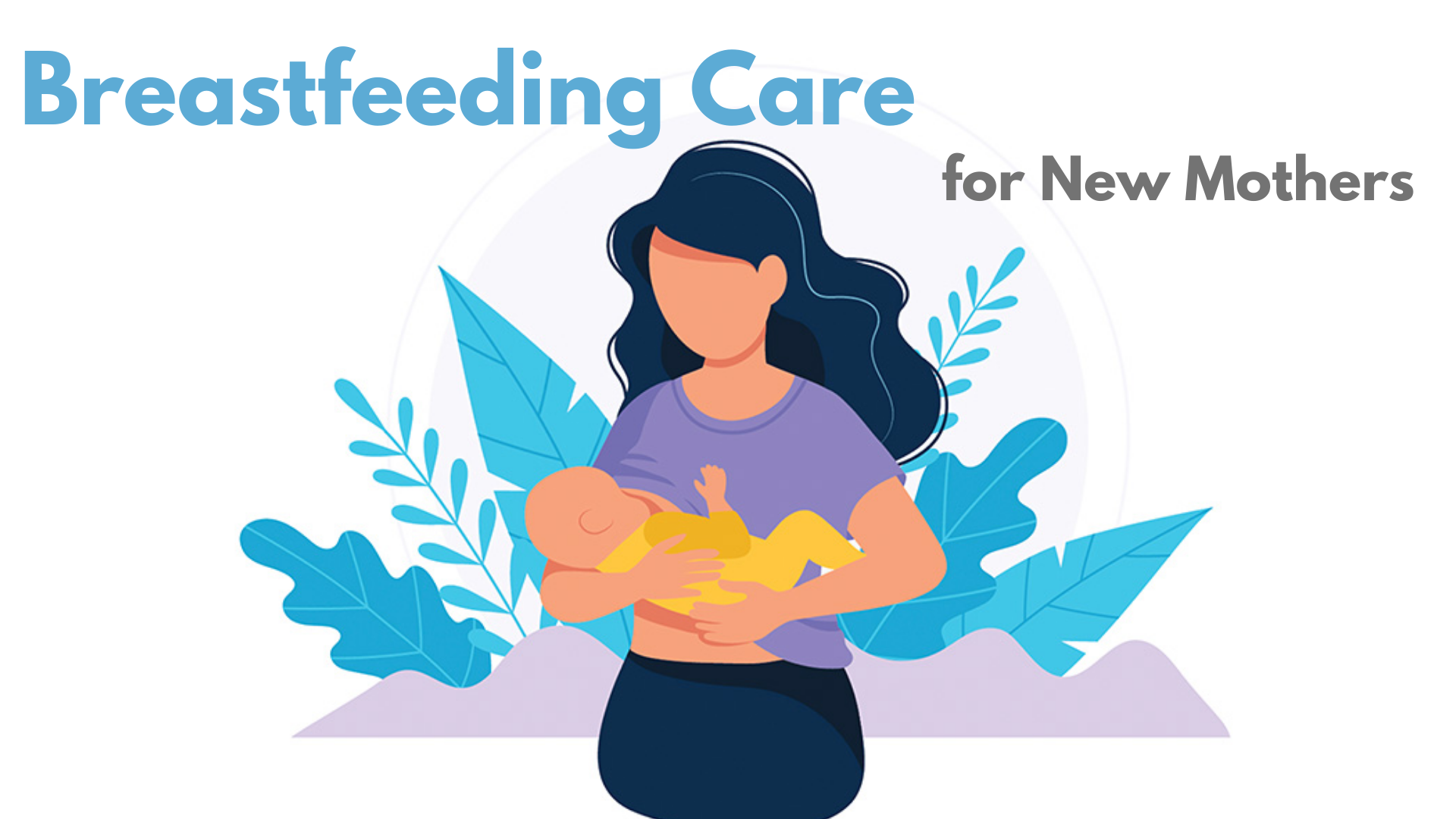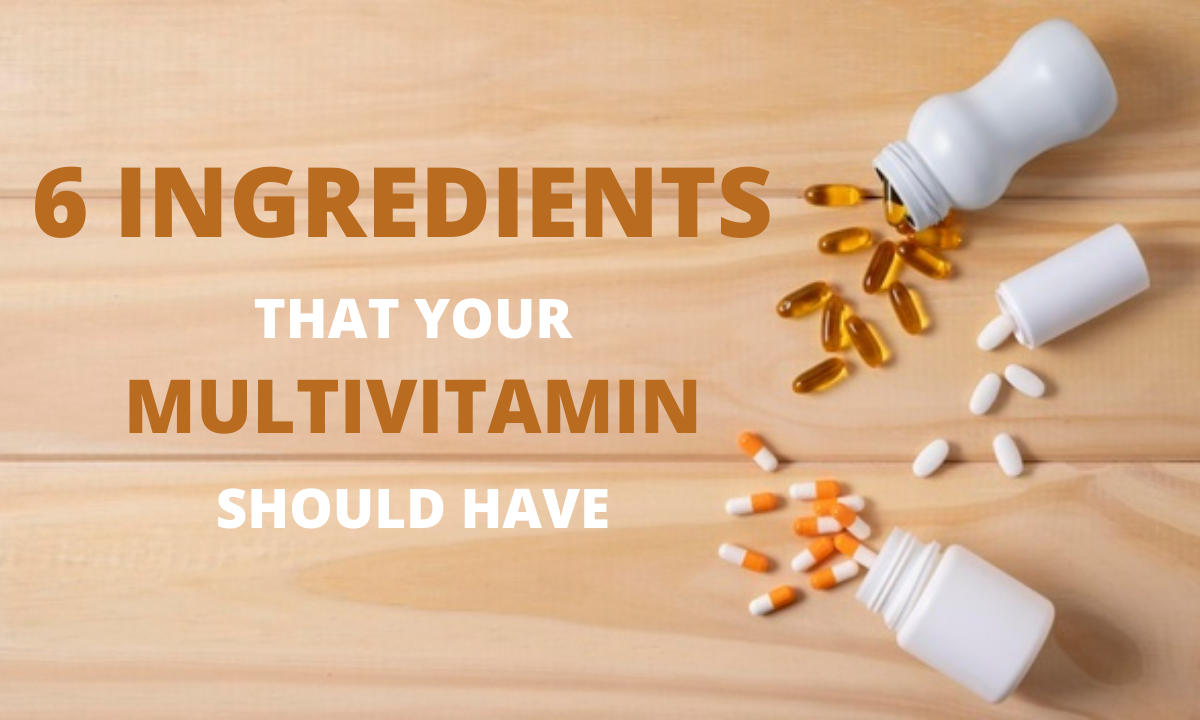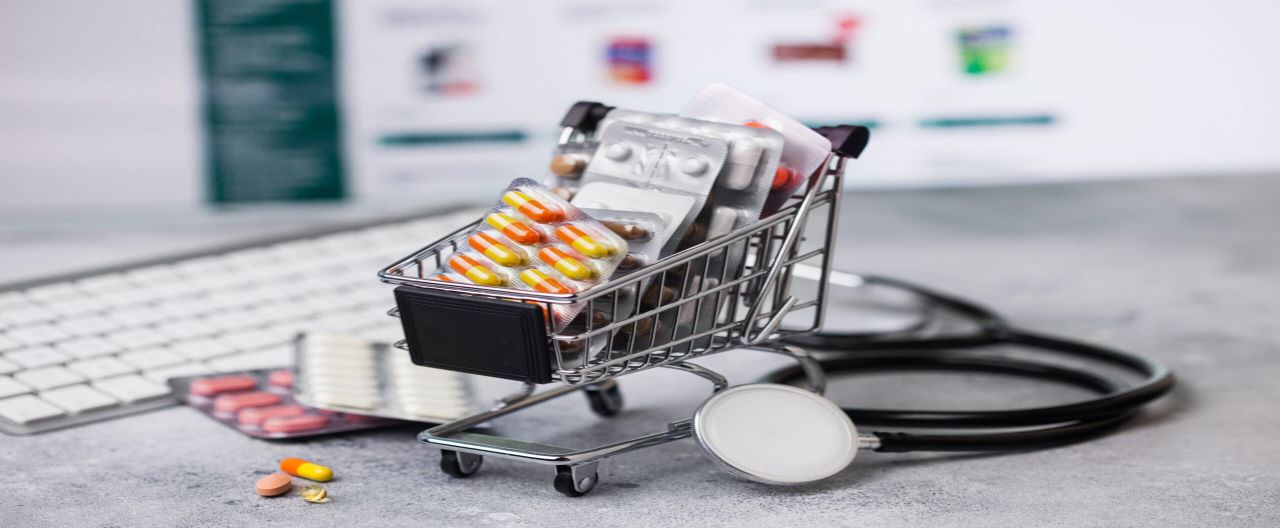Breastfeeding Care for New Mothers
Women's Health | September 22nd | By J.S.Chang, RD

How to care for your breasts when breastfeeding
As the level of our education increases, people nowadays are more health conscious than ever before, thanks to the numerous resources and information we have at our disposal. Not so long ago breastfeeding was not that popular a topic, but as awareness increased on the benefits of breastfeeding, it is now an important part of motherhood.
WHO had recommended that infants be breastfed within the first hour of life, and continue breastfeeding for at least 6 months before starting to introduce complementary foods into their diet, even up to 2 years and above if condition allows.
But did you know that breastfeeding actually has lots of things that you might need to know during or after the process?
Well, continue reading to know more about them!
Knowing when to feed your baby
During the first few weeks, you will notice that your baby seems to be hungry all the time, and that is because breast milk is easily digested in the baby’s stomach. Hence, you should try and breastfeed them for 8 - 12 times throughout the 24 hours during this period.
Frequent feedings can help your baby to grow healthily and further stimulate your body to produce more milk.
Always feed your baby as soon as you notice they show signs of hunger, and not to wait until the baby cries. Crying usually suggests that the baby had been hungry for some time and will be less easy for them to latch onto your breast.
You can know if your baby is getting enough milk if:
1. They gain weight steadily after the first week (100 - 200g per week)
2. They make swallowing sounds while nursing
3. They look satisfied and burped after fed
4. Your breasts feel softer after feeding
5. You are changing 6 to 8 wet diapers a day after the first week
6. A week after birth, baby stools 3 to 6 times a day
Ways to hold your baby when breastfeeding
Holding your baby in the correct position is important as it helps the baby to latch onto your breast easier, and also for your own comfort.
Cradle Hold
The most common position used when nursing. After getting yourself comfortable, place your baby with their tummy facing yours. The baby’s head is in the crook of your arm and the face to your breast. The baby’s knees are naturally underneath your other breast. The baby’s head, back and legs are in a straight line.
Cross Cradle Hold
Place a pillow on your lap and put the baby on top of the pillow. You will use the hand on the side as the breast to support the breast. Instead of holding the baby’s head in the bend of your elbow as in the cradle hold, hold him with the opposite arm so that your hand rests between the shoulder blades and supports the back of his neck and head. The baby lies chest to chest with the mother.
Side-Lying / Lying Cradle Hold
Lie on your side with one arm supporting your head. Your baby lies beside you with the head facing your breast. Pull the baby in snugly and place a pillow behind to support the baby. This is also a good position for mothers who have had a cesarean section because the baby does not put pressure on the mother’s stomach.
Football Hold
Cradle the back of your baby’s neck in your hand with the body under your breast and toward the elbow. Place a pillow under your elbow to support your baby’s bottom. Your other hand supports your breast. This position gives you control of the baby’s head and eases latch on positioning. This is a good position for mothers who have had cesareans.
Taking care of your breast
This is an equally important part of breastfeeding as you can’t really nurse your baby if they are not in good condition right? Here are some tips to help you prevent that from happening.
Wear a supportive bra
Wear them even at night and make sure it fits well while it is not too tight. A cotton nursing bra can be a good option to provide extra comfort.
Change breasts pads often
Remember to change them should they get wet. Nursing pads can help to prevent sore nipples, thrush or mastitis.
Practice good hygiene
Wash your hands before touching your breasts. Keep your breasts and nipples clean by washing them daily with warm water in the shower or bath. Avoid using soap on your breasts as soap can cause dry, cracked, and irritated skin. It can also remove the natural oils produced by the Montgomery glands located on the dark area surrounding your nipples. These oils help to keep the nipples and areolas clean and moisturized.
Prevent sore nipples
After nursing your baby, rub some nipple cream on the nipple and areola and let them air dry. Use only genuine and certified products to avoid unnecessary harm to the nipples.
Plugged ducts and Mastitis
In a breastfeeding mother, a milk duct can sometimes become blocked which causes a hard, tender knot on the breast. Here are some tips to treat such an area:
1. Apply a warm compress to the affected area before feeding.
2. Allow your baby to nurse often. Offer the plugged side first if it is not too tender. If possible, position the baby so that the chin or nose points to the plugged ducts. This will help drain the area more effectively.
3. While nursing, massage the hardened area, moving your fingers from the chest toward the nipple.
4. Use hand expression or a pump to express milk left in the plugged breast after feeding.
5. Apply a cold compress after feeding to relieve pain and swelling.
6. Spend more time resting, eat a healthy diet, and drink enough fluids
Pumping breast milk
Some mothers might need to pump breast milk at some point, maybe to relieve breast engorgement, need help from other members to feed the baby, or because they need to return to work. There are some things to take note of during pumping breast milk:
Make sure pump flanges fit
A proper fit is important to allow for proper nipple positioning and fit over the areola. Having one that is too small or too big might decrease the effectiveness of your pumping and possibly cause nipple soreness.
Keep the cleanliness
Always wash hands and thoroughly clean pump parts every time you pump to prevent infection.
Breast care when weaning
Your body will still make breast milk even if you decide not to breastfeed or when you wean your child. If weaning gradually, no particular care should be needed. Your breast milk supply will gradually decrease as demand from the baby or pump decreases. If weaning is sudden, there are some steps you can take to care for the breasts.
It could take a few weeks or months to dry up the breast milk in your breasts. Here are some tips for caring for your breasts if you're in a situation where you want to stop making breast milk.
1. Avoid touching your breasts or nipples. Regular stimulation of the breasts and nipples tells your body to keep producing milk.
2. Place a cold compress on your breasts to help relieve swelling and discomfort.
3. Pump or hand express breast milk to relieve some of the pressure if your breasts are painfully full. Just don't pump a lot or often or you'll continue to make more breast milk.
4. Use breast pads or cotton cloth to soak up leaks.
5. Wear a bra that is supportive but not tight as constriction can be painful.
Taking good care of your breasts is important while breastfeeding to help you stay healthy and prevent any unwanted problems. If you have any concerns please contact your primary healthcare provider for further assistance.
RELATED POSTS
The Best Place To Buy Your Supplements Online, According to a Dietitian
Read Article
-04.webp)







